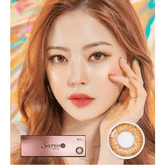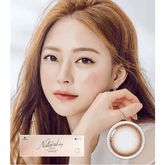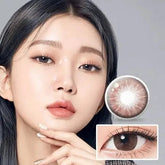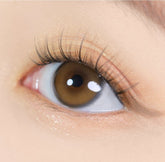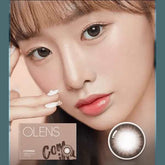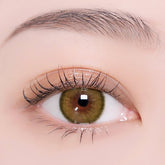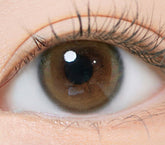To determine if your colored contact lenses are inside out, follow these steps:
Clean your hands thoroughly to avoid transferring dirt or bacteria to the lens.
Place the lens on your index fingertip, ensuring the lens is clean and hydrated.
Observe the lens edges. If they form a smooth, upward-facing "U" shape, the lens is correctly oriented. If the edges flare outward, forming a "V" or "W" shape, the lens is inside out.
Gently flip the lens if needed and reinspect to confirm the correct orientation before inserting it into your eye.





